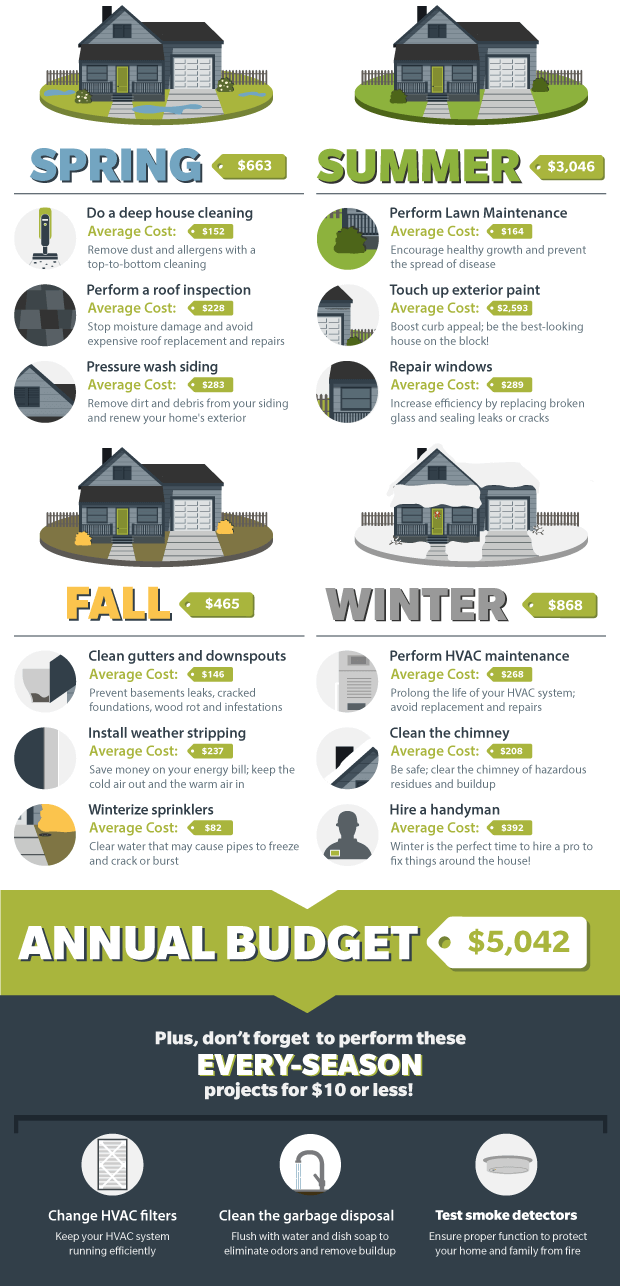Discover How The Cautious Balance Between Expenses And Ecological Results Can Expose The Full Capabilities Of Solar Power In Contrast To Traditional Power Sources
Discover How The Cautious Balance Between Expenses And Ecological Results Can Expose The Full Capabilities Of Solar Power In Contrast To Traditional Power Sources
Blog Article
Produced By-Price Creech
When examining the viability of solar power versus standard power resources, you may find yourself pondering the long-lasting sustainability and effect on your funds. The complex balance in between initial costs, recurring costs, and ecological effects elevates sixty-four-thousand-dollar questions regarding the future of power generation. As you browse with the intricacies of this contrast, a deeper understanding of the subtleties in cost-effectiveness, environmental stewardship, and power security awaits expedition.
Cost-Effectiveness Contrast
When comparing the cost-effectiveness of solar power with typical power sources, it becomes evident that initial investment distinctions play a crucial function in figuring out long-lasting savings.
While solar power systems require a higher in advance financial investment for setup and tools, they provide considerable long-lasting advantages that can surpass the preliminary expenses. The key lies in understanding that solar power systems have minimal recurring functional and upkeep expenses compared to standard power sources like fossil fuels.
By purchasing solar energy, you can possibly reduce utility costs over the system's life expectancy. Furthermore, with improvements in innovation and reducing setup expenses, solar energy has become a lot more easily accessible and economical for house owners and organizations alike. These cost savings can gather over time, supplying a roi that goes beyond conventional energy resources.
Additionally, solar power systems supply the benefit of energy self-reliance and stability versus changing utility rates. By using the power of the sunlight, you contribute to a cleaner atmosphere and lower your carbon footprint. Welcoming commercial solar pv installers in the future.
Environmental Impact Analysis
Solar energy offers a promising choice to standard energy sources due to its considerably lower environmental influence. Unlike fossil fuels that produce damaging greenhouse gases and contribute to air contamination, solar power generates electrical power without generating any kind of discharges.
The procedure of using solar energy involves catching sunlight with photovoltaic panels, which does not release any kind of pollutants into the ambience. This lack of discharges helps in reducing the carbon footprint associated with energy production, making solar power a cleaner and much more sustainable choice.
Furthermore, making use of solar power contributes to preservation efforts by lowering the need for limited sources like coal, oil, and natural gas. By counting on the sun's abundant and renewable energy resource, we can help maintain natural environments, safeguard communities, and alleviate the adverse effects of source removal.
Dependability and Power Landscape Assessment
For a comprehensive evaluation of integrity and the energy landscape, it's vital to review exactly how solar power contrasts to standard sources. Solar energy is picking up speed as a trusted and sustainable power source. While standard sources like coal, oil, and gas have been historically dominant, they're limited and contribute to environmental degradation.
Solar energy, on the other hand, is plentiful and sustainable, making it a much more sustainable alternative over time.
In regards to reliability, solar energy can be based on weather and sunlight schedule. Nonetheless, advancements in technology have caused the development of energy storage space solutions like batteries, boosting the dependability of solar energy systems. Conventional resources, on the other hand, are susceptible to rate changes, geopolitical tensions, and supply chain disturbances, making them much less trusted in the long-term.
When evaluating the power landscape, solar power provides decentralized power production, reducing transmission losses and enhancing power protection. Standard sources, with their central nuclear power plant, are more susceptible to disruptions and call for substantial framework for distribution.
Verdict
Finally, when contrasting solar energy to standard energy resources, it is clear that solar power supplies a cost-effective, eco-friendly, and dependable alternative. With minimal operational costs, potential cost savings on energy expenses, and a dramatically lower ecological influence, solar power is coming to be an extra lasting and protected alternative. Embracing cost for residential solar panels can help reduce greenhouse gas discharges and add to preservation initiatives, making it a compelling option for the future.
